This curry is a beautiful dish to serve at a buffet style party. Whilst being tasty it also presents well and is easy for guests to serve themselves.
Traditionally this is a muslim curry from the capital of Hyderabad in the province of Andhra Pradesh. It is different to a pulao, in that is not just an Indian style fried rice, it is a layered dish of basmati rice and curry.
When presented on a platter with a side dish of raita and some Indian chutney, it makes a yummy addition to any dinner or party.
The first layer is made up of basmati rice topped with curried chicken or lamb pieces, this is then garnished with fried onions, sliced hard boiled eggs and tomatoes, followed again by another layer of basmati rice. To finish it off, it is decadently garnished with fried nuts and raisins.
Historically, the Nizams of the Hyderabad state where responsible for the development of the Hyderabadi cuisine. It was derived from the royalty banquets and festivals, where they would commonly serve up to 26 varieties of biryani’s for their guests. Originally the biryani dish is an amalgamation of Mughlai, Turkish and Arabic cuisine, along with the influence of the native Telugu and Marathwada cuisines.
Traditionally, the biryani is cooked in a Dum pukht. This means, that the dish is cooked in a pot that is sealed with dough, then simmered gently over a slow cooking fire to increase the absorption of aromatic spices. Firstly, the mutton or chicken is sealed with all the spices on a hot fire. To put it all together, and finish off the cooking process, the biryani is layered in the Dum pukht. Rice on the bottom then topped with the sealed meat, then rice again. Saffron that has been soaked in water (the aromatic water) is drizzled over the top to add moisture; the pot is sealed then slow cooked over a fire.
This 240g jar will cook with approximately 15kg of meat, vegetables or seafood – 75 servings.

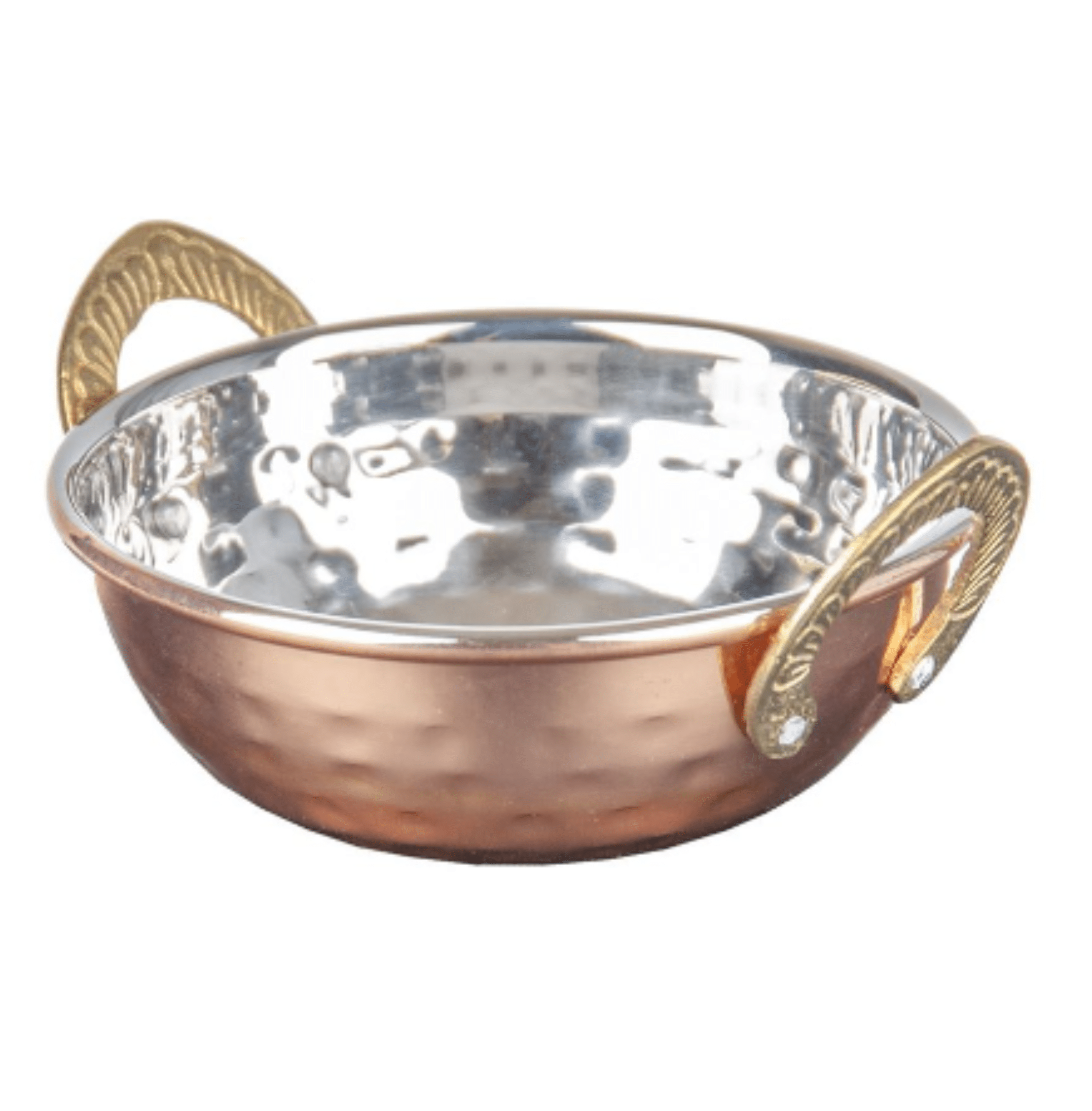




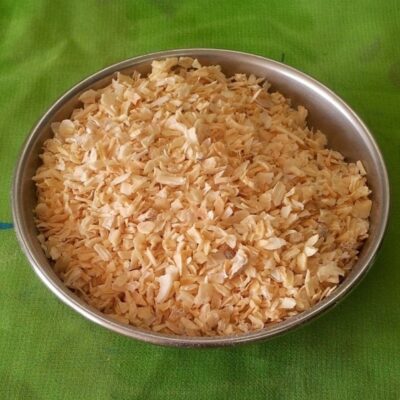

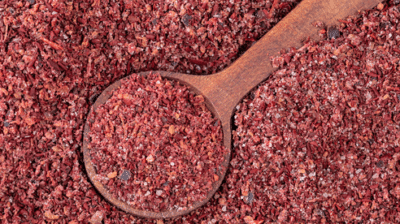
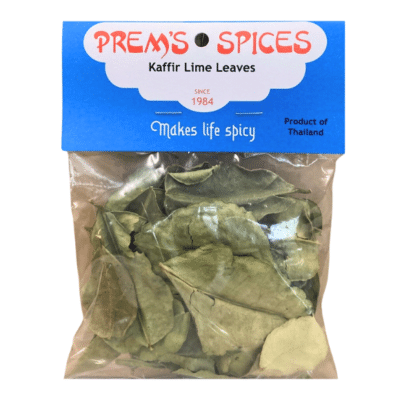
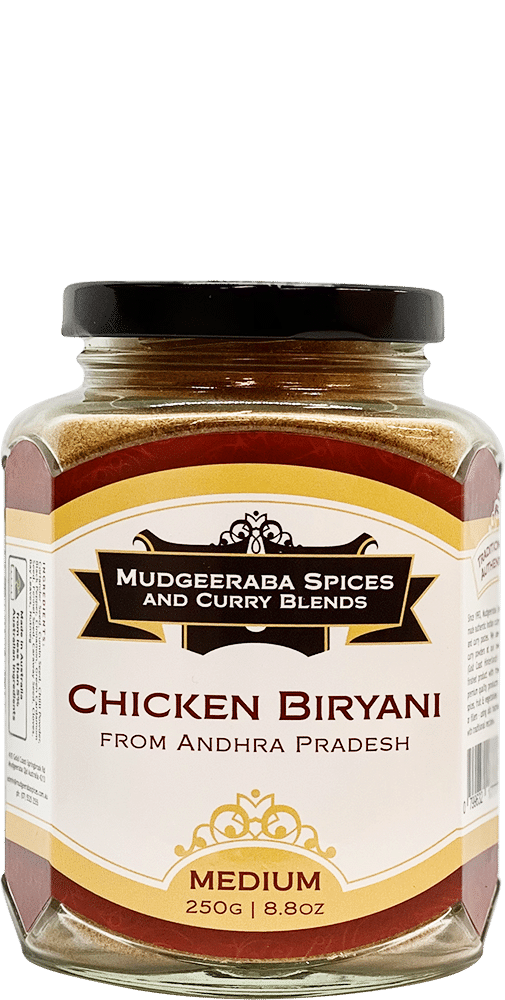
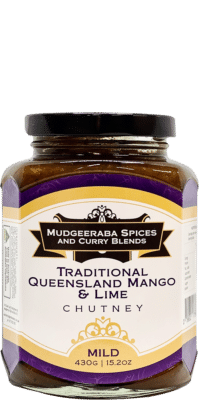
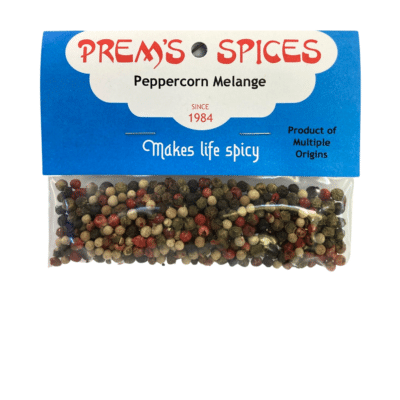

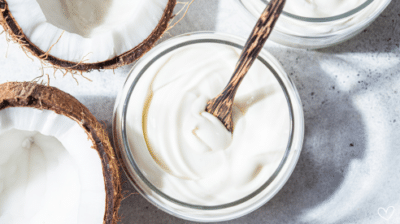
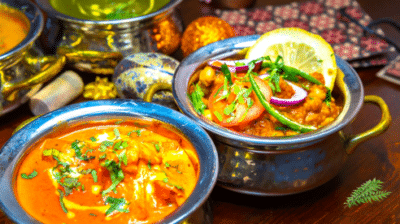









6 reviews for Indian Kadai Copper Bowl with handle 130mm
There are no reviews yet